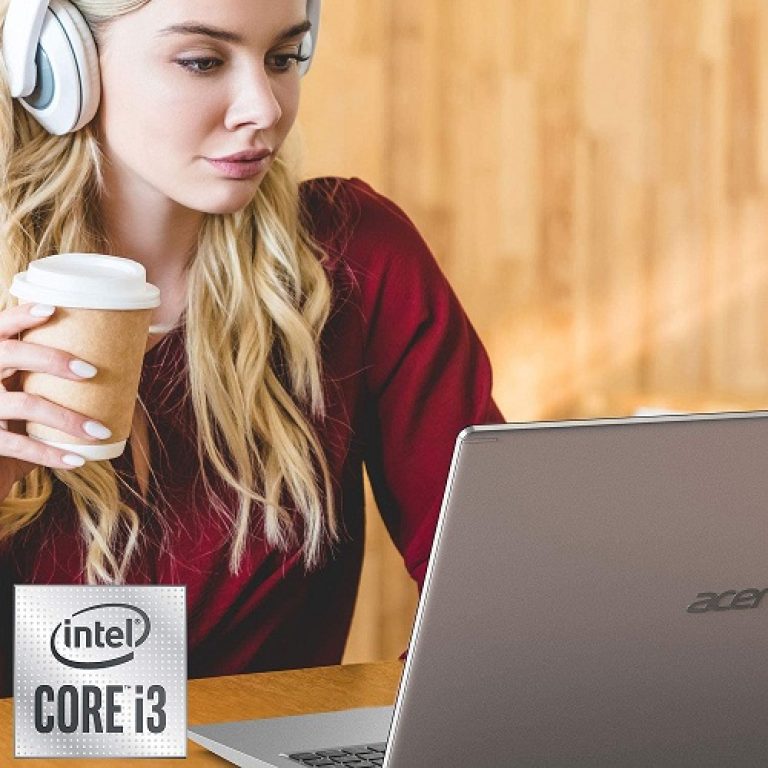Are Workstation Laptops Worth It?
Workstation laptops are powerful, high-end laptops designed for intensive tasks like 3D modeling, video editing, CAD, and software development. With premium components like professional GPUs, CPUs, RAM, and storage, workstation laptops provide exceptional performance for demanding applications. However, this power comes at a steep price – workstation laptops typically cost $2,000 to $5,000+, significantly more than mainstream consumer laptops. So, are workstation laptops worth the investment for professionals and prosumers? There are several factors to consider.
Performance Advantages of Workstation Laptops
The key benefit of workstation laptops is their sheer processing power and speed. Workstation GPUs from NVIDIA and AMD can render complex 3D scenes and apply effects in real-time, making tasks like 3D animation and visual effects faster and more efficient. Workstation CPUs like Intel Xeon pack more cores and threads optimized for multi-threaded workloads.
With up to 128GB of RAM, workstation laptops can handle large assets, complex simulations, and intensive multitasking without slowdowns. Fast NVMe SSD storage accelerates load times for massive files. All combined, this professional-grade hardware delivers buttery smooth performance for compute-heavy workflows. For businesses and freelancers on tight deadlines, the time savings can directly translate to higher productivity and profits.
Reliability and Durability
Workstation laptops are built for around-the-clock operation under demanding conditions. They undergo extensive stress testing and quality checks to ensure stable performance. Key components like GPUs and CPUs are binned, meaning only the top silicon chips meeting strict standards are used. This results in lower failure rates and fewer crashes during mission-critical tasks.
Workstation laptops also offer higher memory capacities and error-correcting features for added data integrity. The premium metal and plastic construction is more durable under daily intensive use. Workstation laptops have higher operating temperature thresholds and better cooling systems to prevent performance throttling. For field work, their resilience against dust, shocks and vibrations is superior. Overall, workstation laptops provide the reliability professionals require.
Customization and Expandability:
Many workstation laptops allow extensive customization of specs to match particular workflows. Users can outfit them with the specific CPU, GPU, storage, RAM and other components ideal for their applications. Higher memory and storage ceilings support future growth as workload demands increase.
External connectivity is also abundant, with multiple USB 3.0/4.0 ports, Thunderbolt 3 and 4, HDMI, SD card readers, and more. This flexible expandability ensures workstation laptops can adapt as needs evolve, protecting the initial investment. Standardized components also make self-servicing and upgrades more accessible for enterprises and individuals managing larger fleets.
Software Certifications and Support:
Workstation hardware is optimized, certified and supported for professional software like CAD, CAM, animation, coding tools, data analytics and more. Vendors like NVIDIA and AMD work closely with software developers to fine-tune drivers, libraries and firmware for workstation components to deliver the best possible experience in specialized applications.
Priority graphics driver updates provide early access to new features and performance gains. The certified stable hardware platform also allows standardized system images and software configs across entire organizations. This can simplify rollouts and reduce helpdesk tickets. Workstation OEMs also offer higher tier service plans for issues resolution, with on-site support for enterprises. For professionals using specialized or proprietary software, the dedicated workstation ecosystem offers peace of mind.
Are Workstation Laptops Overkill for Some Users?
For many mainstream office and home users focused on tasks like word processing, web browsing, and simple data analysis, workstation laptops may be overkill. Their professional GPUs often provide negligible benefits in basic desktop apps and can reduce battery life. Mobile workstation CPUs typically have lower base clock speeds that may hamper lightweight desktop performance.
The premium hardware also adds unnecessary cost for non-power users. For these cases, a mid-range consumer laptop or even a tablet may provide sufficient performance at a more reasonable price point without wasted capabilities. Users should realistically assess if they can benefit from workstation specs based on their actual workflows and applications. Overprovisioning can lead to avoidable expenses for individuals and businesses.
Justifiable Costs for Target Users
While pricy, workstation laptops can be wise long-term investments for the right professional users in design, engineering, science, and other specialized fields. The high-end hardware directly improves productivity and efficiency in their daily workflows involving 3D, video, simulation and development. For freelancers and businesses, the time savings translates to higher profit margins and competitive advantage.
The premium components also enhance data integrity and reduce downtime risks. Meanwhile support services minimize disruptions. For organizations, the total cost of ownership can be lower despite the higher upfront price. For professionals working outside offices, workstation laptops provide vital performance portably. In many cases, their costs can be justified by tangible business benefits over 3-5 year lifecycles.
Key Considerations When Buying
For professionals considering workstation laptops, it is important to assess needs and budget. Key factors are:
- Applications used – evaluate if professional CPU and GPU acceleration will make a big difference
- Workload intensity – light users may not benefit enough to justify costs
- Importance of mobile power – desktop workstations offer cheaper performance
- Budget – can special financing, leasing or grants help fund the significant costs?
It is also crucial to size components appropriately. Overbuying unnecessary specs leads to inflated costs without benefits. Consulting workstation vendors on ideal configs for given workflows is recommended. Comparing service and support offerings is also prudent, as uptime and reliability may justify higher prices for mission-critical applications. For many professionals, workstation laptops deliver indispensable performance and reliability that justify the premium investment. But mindfully assessing specific needs rather than blindly purchasing maximum specs is key to ensuring suitable solutions at reasonable prices.
Conclusion:
For professionals in demanding creative and technical fields, workstation laptops provide unmatched mobile performance thanks to premium components not found in consumer models. The benefits of professional GPUs, CPUs, RAM, and storage can directly accelerate workflows, enhancing productivity and efficiency for individuals and organizations. However, workstation laptops also carry premium prices.
Users should carefully evaluate if their applications and workloads can realistically leverage the power – otherwise the costs may not be justified. When utilized appropriately, workstation laptops can deliver valuable time savings, reliability, and productivity for professionals on the go. Just be sure to size components based on realistic needs rather than blindly maxing out specs. For those who truly require portable workstation-grade performance, the systems can certainly be worth the investment.






